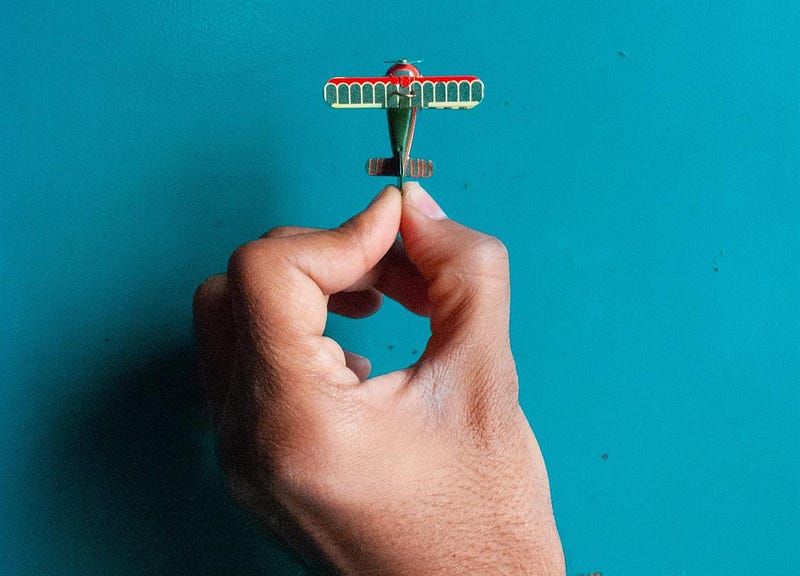
There’s often an assumption that great ideas — ideas that carry big impact — require big planning, big teams, and big investments. Even data earned a more coveted place in the spotlight when it became “big data.”
It’s been proven, however, that small actions and compact teams often create the most significant impact. Elections, starting with Barack Obama’s 2008 campaign, have demonstrated the importance of focusing on small, micro-donations and communities to win big. Small startups have been heralded for disrupting industries and creating a “better way” for consumers.
As we face big challenges — from climate change to supply chain issues, or simply building back from the pandemic — it’s the right time to focus on small things to uncover big ideas.
Find the bit.
Often some of the strongest and most culturally pervasive work stems from a small, simple, and hugely compelling insight. Cole & Weber, a lauded Seattle boutique, had a saying: ‘find the bit, make it big.’ It’s always stuck with me. It’s the small truth, not the massively layered research project, that yields big, culturally breakthrough ideas.
Consider Snickers. We’ve all been there. We’re tired, cranky — hangry. They unleashed a small but universal truth. “Got Milk’” was much the same. You miss milk when you don’t have it. Small and simple truth, made big. It takes work to find that bit, but once you do, a seemingly small or simple idea can have a big impact.
One small action.
Small ideas or programs can send big signals about a brand that often do more for favorability and fandom than a big campaign. Bank of America’s Keep the Change program was a small action that signaled an understanding that the money they hold is YOUR money, and they can make it work for you. Nordstrom’s customer service program is likely their biggest loyalty builder. It’s also become their calling card. Simply put, they’ll take it back, without hassle. A small action with big impact.
General Mills has capitalized on a consistent stream of ‘small’ efforts that connect their brands to pop culture. ‘Loki’ Charms and Lil Yachts for Lil Yachty’s favorite cereal were purposely designed to be small, potent moments that squarely connect their brands with relevant audiences. Investing in a series of small things consistently gets people to lean into their brands more actively to see what’s next and anticipate their next purchase.
It’s not the size of the team.
Businesses with fewer than 100 employees account for 98.2% of all US businesses, and those with fewer than 20 employees account for 89% of all businesses in the country. Truth. There’s a reason small businesses are celebrated, startups continue to be darlings in nearly every industry and that “Day 1” thinking still disrupts a wide range of industries. Those teams are small (and often senior), bringing focus to an issue. They are free to think beyond rules or norms and to challenge assumptions.
Similarly, that’s the strength of small agencies. Many are founded by people who have cut their teeth in the ‘big agency’ world and are ready to challenge that status quo. Clients who are open to a different structure have found success. Highdive created one of the most memorable Super Bowl spots for Jeep; P&G has committed to uncovering small agencies and giving them opportunities to grow.
Small agencies can often bring focus to a problem that’s been lurking, or tackle an initiative that falls to the bottom of the list. Their hunger and streamlined way of working can make those ‘small things’ big.
Thinking small allows us to hone in on the things that really matter, removing the distractions of organizational structure, traditional thinking and pressure to develop “the next big thing.”
Here’s to thinking small, as the world needs big ideas.
Britt Fero is principal at PB& Seattle.
Originally published at https://www.campaignlive.com on August 23, 2021.